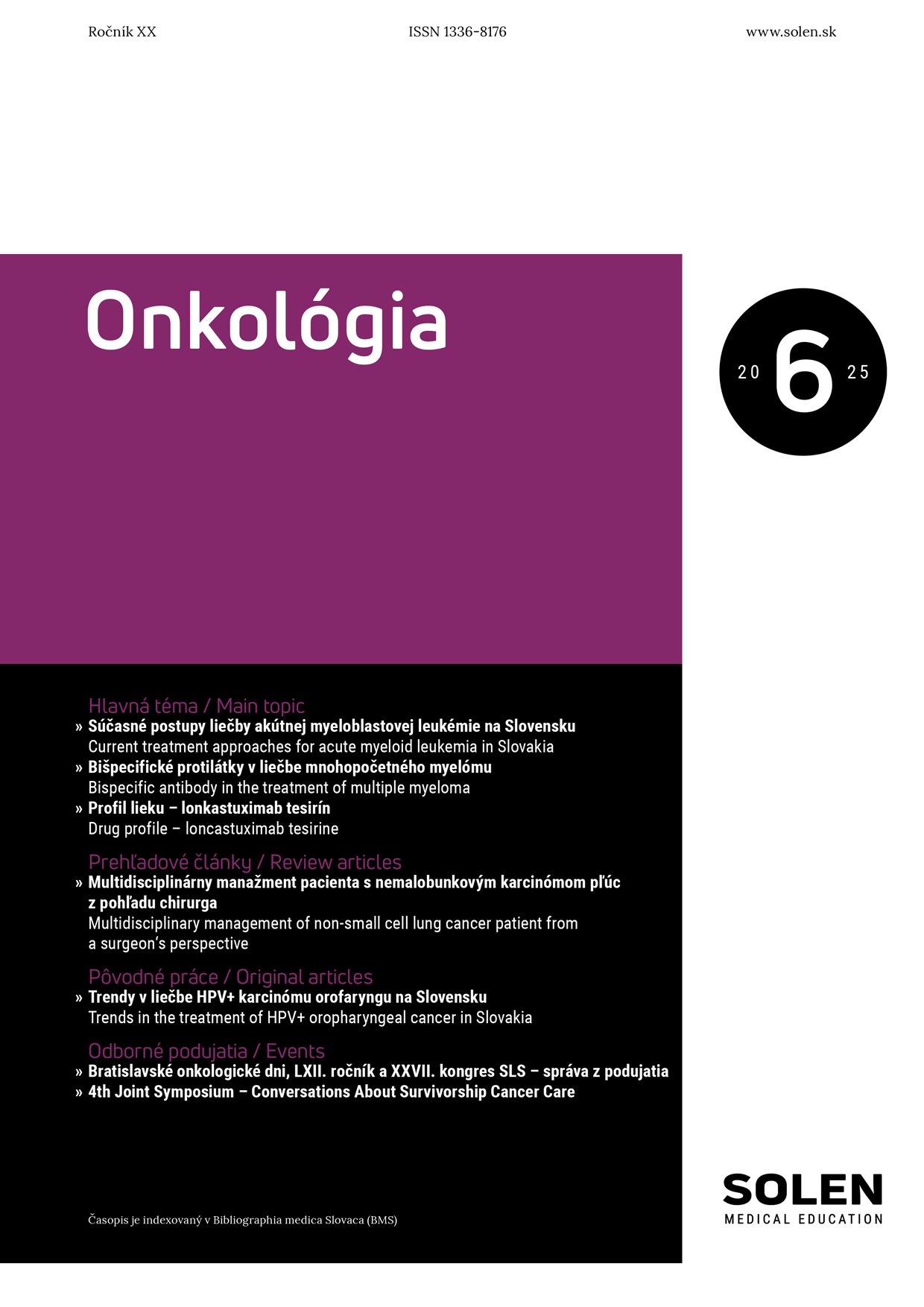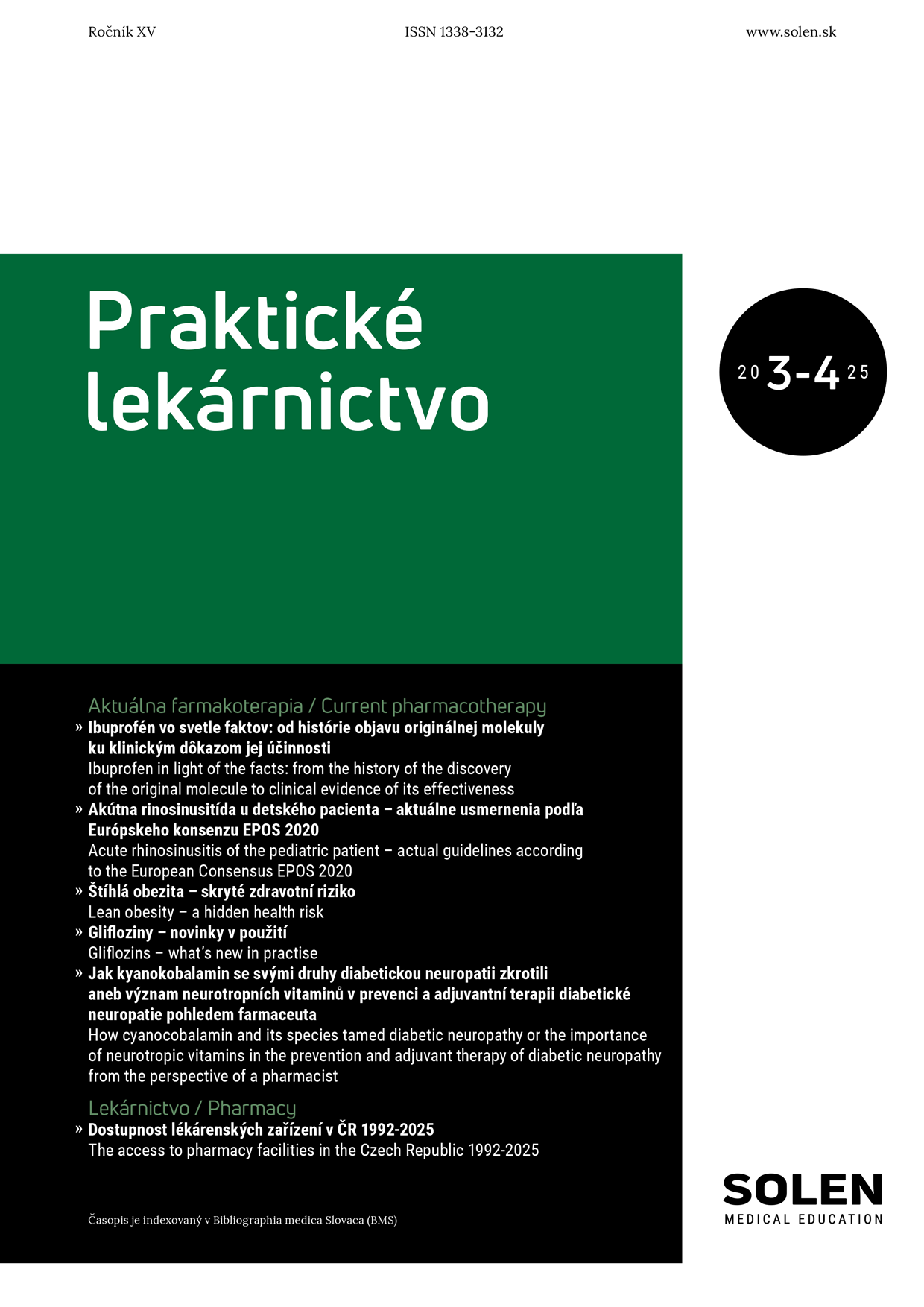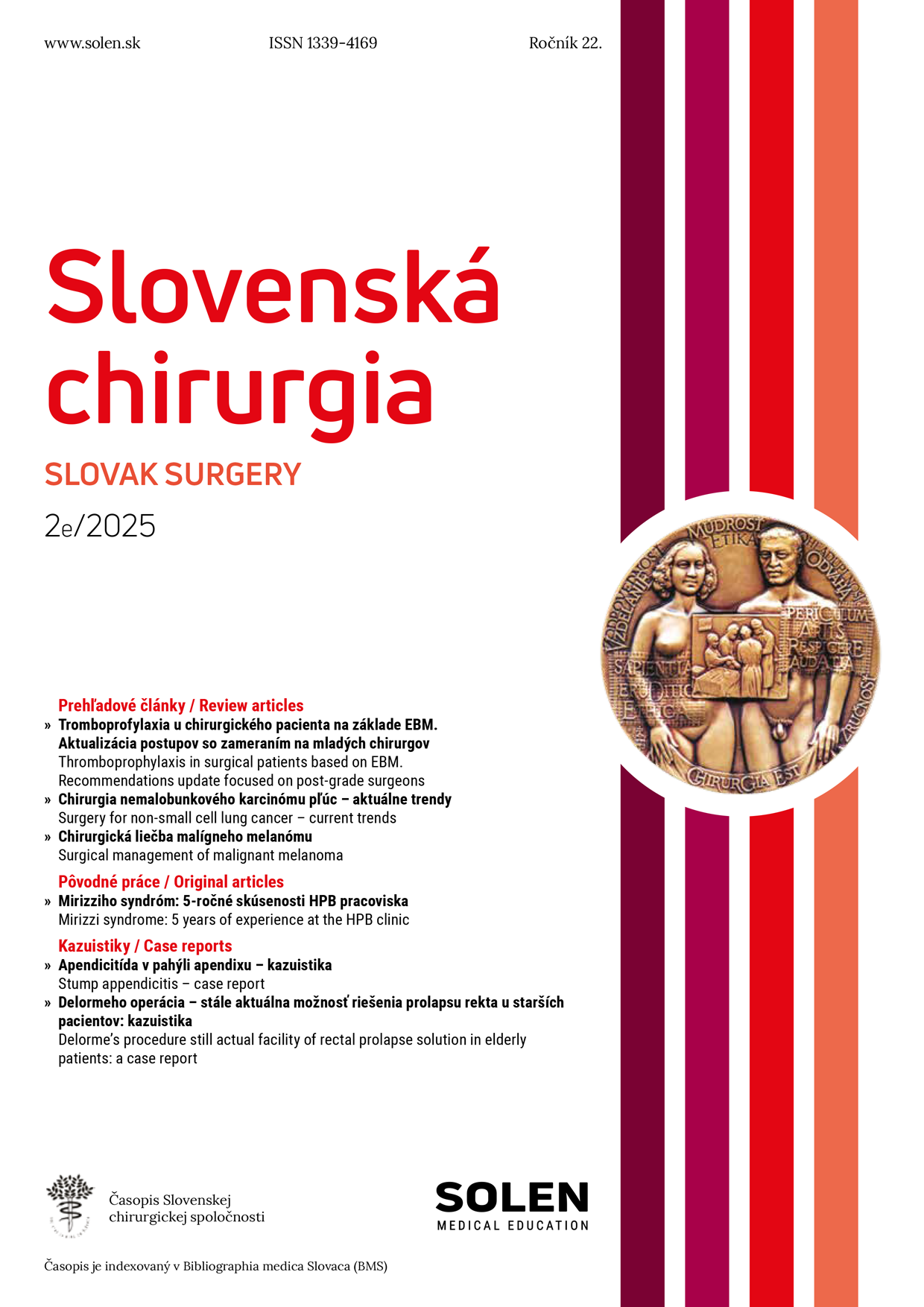Psychiatria pre prax 1/2003
DYSTYMIE A JEJÍ LÉČBA – 2. DÍL
MUDr. Ján Praško, CSc. , MUDr. Erik Herman, doc. MUDr. Jiří Hovorka, CSc.
První výzkumné diskuze o použití psychoterapie u dystymie se datují do roku 1984, kdy chronické deprese byly reklasifikovány mezi poruchy nálady a byl ověřen efekt antidepresiv. Několik psychoterapeutických studií věnovaných dystymii však zatím trpí metodologickou nedostatečností, malými studijními vzorky nebo obojím. Několik kognitivně-behaviorálních přístupů bylo testováno u této populace. Tyto přístupy měly odlišnou účinnost (33–67% responderů) po 2–3měsíční době léčby. Také interpersonální psychoterapie (IPT) ukázala u dystymie účinnost ve třech malých pilotních pracech. Efektivnita IPT byla podobná jako u medikace.
Kľúčové slová: farmakoterapie, psychoterapie, interpersonální terapie, kognitivně behaviorální terapie.
DYSTHYMIA AND ITS THERAPY
The first research discussion of psychotherapy of dysthymic disorder dates back to 1984, when chronic depression had recently been reclassified as a mood disorder and researchers were exploring benefits of antidepressant medication for its treatment. The few psychotherapy studies of dysthymic disorder generally suffer from methodological weakness, small sample size, or both. Several cognitive-behavior therapy approaches have been tested for treating dysthymic patients. These approaches have different response rate (33–67% responders) after 2–3 months trials. Interpersonal psychotherapy, has demonstrated efficacy in three small pilot studies with dysthymic patients. IPT response was equivalent to medication.
Keywords: pharmacotherapy, psychotherapy, interpersonal therapy, cognitive behavioral therapy.

















